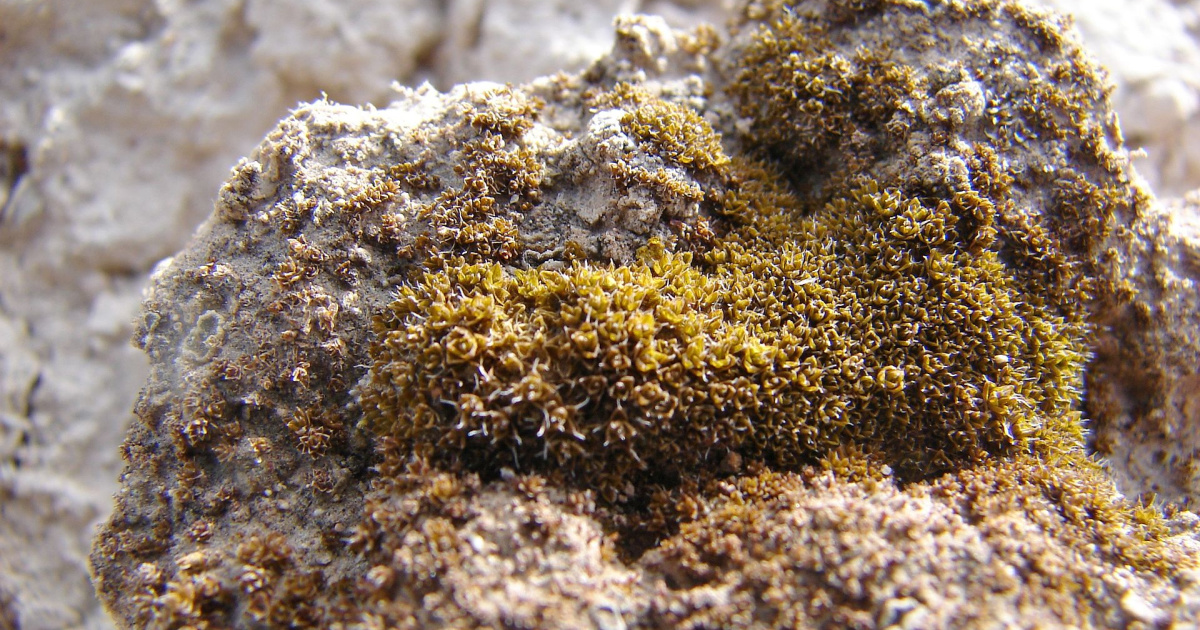
We’ve all seen the move The Martian, but the science has been out on whether or not we would (or will) be able to actually grow any plant on Mars, nevermind food.
At least until now, when scientists say they could have found one after all.
It’s a kind of desert moss that thrives in a variety of conditions on Earth, say Chinese scientists. It’s found from Antarctica to the Mojave, and they believe it could thrive on Mars, too, as long as it had a greenhouse for shelter.
Syntrichia caninervis could be a starting point for life on Mars, where temperatures average -80°F and the atmosphere is made up of 95% carbon dioxide and less than 1% oxygen.
The researchers believe this moss is one of the few plants on Earth that could handle it, at least in its current form.
It has been observed surviving five years at temperatures of -112°F and even came back to life after being dehydrated.
“This unique insights obtained in our study lay the foundation for outer space colonization using naturally selected plants adapted to extreme stress conditions.”
The moss is also resistant to radiation, including being able to grow under certain doses of gamma rays.
“Looking to the future, we expect that this promising moss could be brought to Mars or the moon to further test the possibility of plant colonization and growth in outer space.”
Obviously, being able to grow plants on Mars would be a huge step in the plan to have humans hang out on the red planet in the future.
“Cultivating terrestrial plants is an important part of any long-term space mission because plants efficiently turn carbon dioxide and water into oxygen and carbohydrates – essentially the air and food that humans need to survive. Desert moss is not edible, but it could provide other important services in space.”
That said, the researchers still have plenty of questions.
“These experiments represent an important first step, but they do not show that the moss could be a significant source of oxygen under Martian conditions, nor do they show that the desert moss could reproduce and proliferate in the Martian context.”
That said, some – like Agata Zupanska of the SETI Institute – think the scientists involved in this paper are getting ahead of themselves.
“In my opinion, we are getting close to growing plants in extraterrestrial greenhouses, and moss certainly has a place in those. But claiming the moss is ready to terraform Mars is an exaggeration.”
Because after all, you can’t eat it.
“It is not tasty and does not make a great addition to salad,” she adds.
All joking aside, this is another leap forward for those excited about the potential for a human-manned mission to Mars.
Even if you can’t eat the moss.
If you thought that was interesting, you might like to read about a quantum computer simulation that has “reversed time” and physics may never be the same.